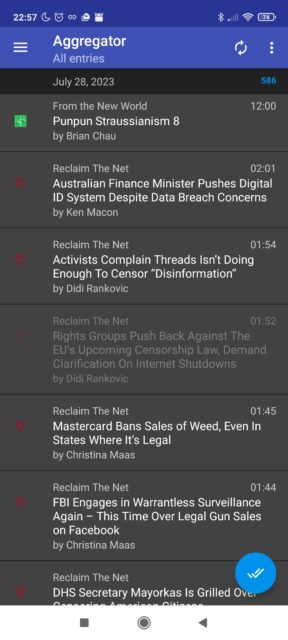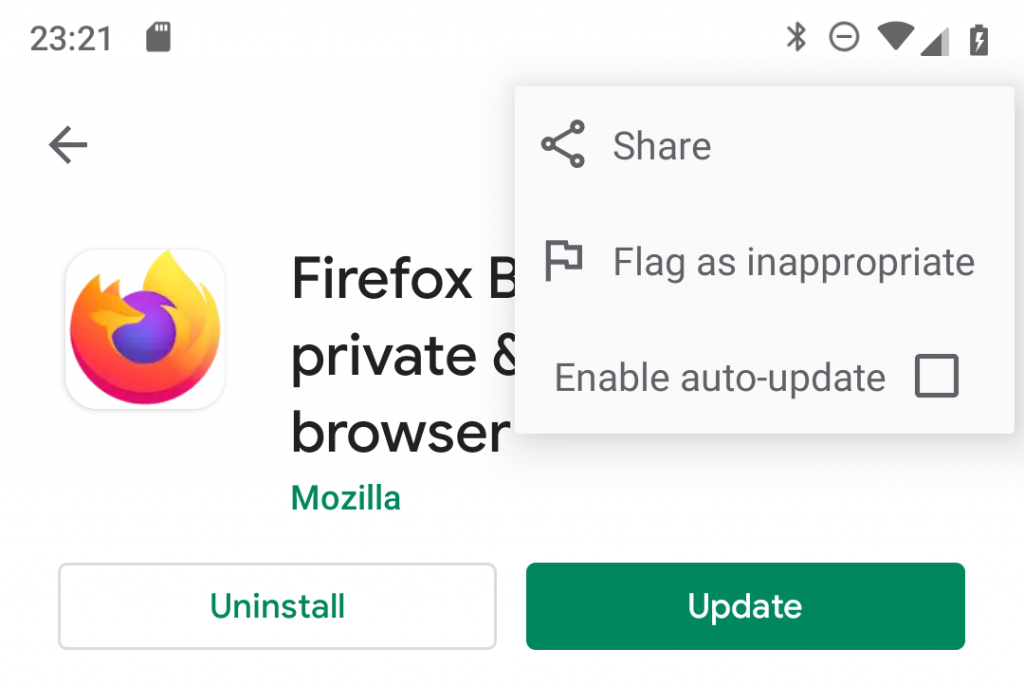It came as a total shock to me recently when I accidentally discovered that years old and long deleted Reddit posts of mine reappeared as "deleted", but nonetheless visible to the public, in threads and on my profile when not logged in.
Digging a bit deeper with AI DeepResearch, I found out that this is actually not a bug or just a side effect of some "new feature" (as deceptively claimed in 2023 by Reddit operators), but it is a common and reoccurring phenomenon that happens all the time to users, and lots and lots and lots if not all of them. Sometimes it affects a major part of users, sometimes only a minority, sometimes the undeleted posts are only of a certain age or up to a certain point in the past, and so forth. It is fair to say that the overwhelming majority of Reddit users have experienced this, but it almost always goes unnoticed. Yet the number of reports about this problem are countless.
Because this happens so often and in such an extreme and sophisticated dimension, again and again and again and yet again since many years, the only remaining viable explanation for it is that it is 100% deliberate and purposeful. Explanations and excuses, like restored backups or feature additions, simply don't make sense to truly explain it (not even a little bit), if you inform yourself about this in more and more detail.
In the end Reddit does not want it's content to be riddled with deleted posts (it is common practice to mass-delete posts for privacy), which degrades Reddit in value. So what they do is to simply hide your posts when you delete them, and then restore them when you are no longer paying attention. It is a mechanism that is sophisticated and build-in to the system, and it could never "accidentally" work this way if it had not been explicitly designed this way. This is exactly why Reddit nowadays not only undeletes comments, but it also undos any later edits to them. It is to prevent people from removing their content with edits, rather than the delete feature, which is still deemed as "more secure". Reddit only started doing this, *after* the edit+delete technique had gotten more popular with users since the rise of Reddit purge scripts.
The implications of this are extreme and arguably worse than leaking the password database directly:
- if you accidentally paste sensitive information on Reddit, like passwords, credit card information or home address you cannot ever truly get rid of this - an instant delete will only hide your post for an unpredictable amount of time
- even worse if you first deleted your posts and then deleted your account, not only do your posts reappear over time, but you also can't ever re-delete your posts
- if you say something undue or possibly illegal in oversight for just 1 second and hit delete, there is no way to get rid of this either
- you have no control over your content, Reddit violates all sorts of data protection laws
- furthermore if your style of posting has been such that you always start with a crude/ugly/incomplete draft first, then quickly edit it in 5-30 minutes over and over, since Reddit potentially will undo all edits retrospectively, all your posts might eventually be reverted from polished, polite and sensible to ugly, baseless, profane, incoherent and nonsensical - or whatever lies in between the revision history (although it is reasonable to assume that they will deliberately discard shorter post revisions in favor of longer ones: still you can't be sure of anything) - picture just 1 hour of forged video material on your public Youtube account, where you are arguing incoherent nonsense like a drunken fool: when Reddit mass-undoes edits, for some people (whose naive edit style just works like that), it could reach a dimension where it would be considerably worse, defamatory and impactful.
This wouldn't be such a huge deal, if it wasn't such a huge deception. Since there is a delete feature and an edit feature, no one is always making 100% sure that they do not accidentally paste sensitive or semi-sensitive information in the browser window. And no one expects it to suddenly resurface after 1 or 2 or 5 or 10 years if it was deleted in an instant. There absolutely are no technical reasons like restored backups and the sort that would make it inescapably behave that way, but it does so by deliberate design. Only in a world where zero trust in Reddit can be established, is such an action of consequence to unaware users in the first place. And this is where we are now.
Best advice: Stop using Reddit until they apologize and promise that edits and deletes are actual and permanent, and they provide evidence (e.g. via 3rd party audit) to have removed any secret shadow storage of your content, including deleted posts and posts that do not reflect the most recent edit. Otherwise you are just pulling more and more people into this trap and deception. Also use Reddit purge scripts to mass-delete all your posts daily. With hundreds of posts there is just no telling which ones have flipped back to previous revisions and which ones got undeleted, and not just accidentally for 1 in 1000 users every 10-50 years, but all the time for likely everyone. Purging your entire account daily via script is the only sane way to make sure. At least until they kill that option as well.





